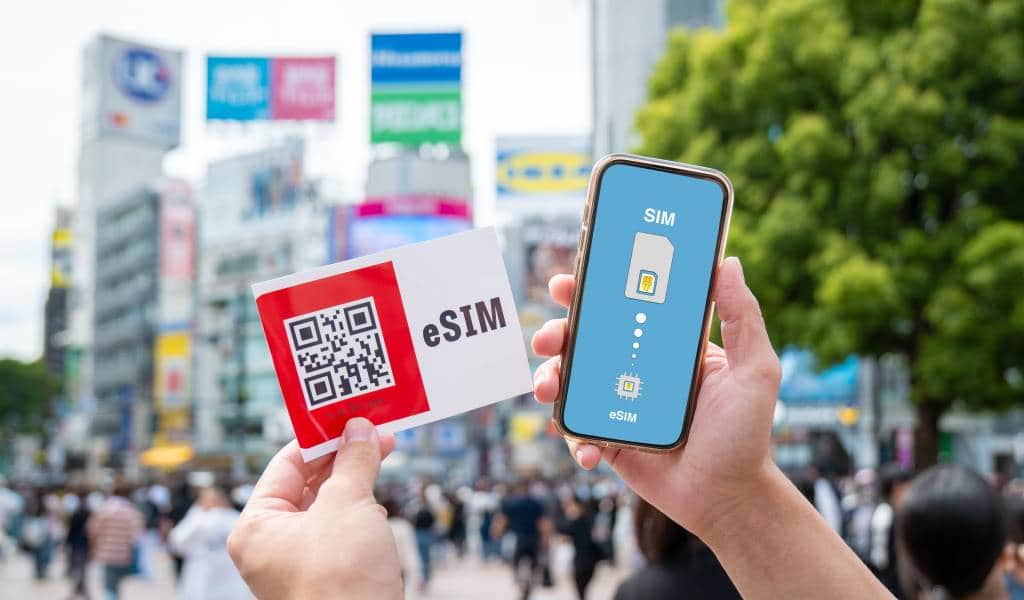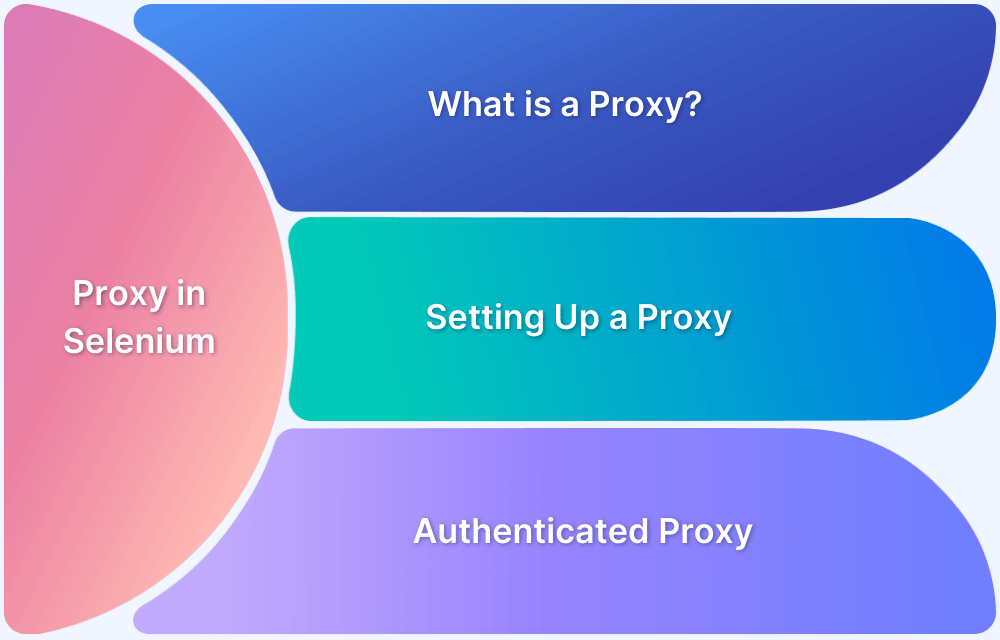Japan is a dream destination for outdoor enthusiasts. From the snow-capped peaks of the Japanese Alps to the volcanic landscapes of Kyushu and the wild coastlines of Hokkaido, there’s a seemingly endless array of places to explore. But whether you’re trekking in a remote national park, road-tripping along the Sea of Japan, or camping under cherry blossoms, one modern necessity remains: staying connected.
Reliable connectivity in Japan isn’t just about social media updates — it’s about navigation, live weather checks, and map tools that can make or break your trip. This guide covers practical tips on how to stay online during your adventures, including why a Japan eSIM is one of the most convenient solutions for travelers today.
Why Connectivity Matters in Japan’s Outdoors
Japan’s public transportation is world-class, but once you head into the mountains or out to rural areas, things get more complicated. Trains and buses might be infrequent, road signs may only be in Japanese, and unexpected weather changes can derail your plans.
Being connected helps with:
Navigation: Google Maps, Maps.me, or Japan-specific apps can guide you through backcountry roads and trailheads.
Weather alerts: Sudden rain, typhoons, or snowstorms can be dangerous if you’re not prepared.
Reservations & info: Many rural campsites and local restaurants require online booking or phone contact.
Emergency contact: Access to translation tools or the ability to call for help.
The Challenge: Internet Access in Remote Japan
Japan has excellent urban coverage, but once you head into the wild, signals can drop. LTE/4G service covers most major routes and tourist destinations, but valleys, remote islands, and dense forests can have weak or no reception.
Common issues for travelers include:
SIM card setup delays if purchased at the airport.
Pocket Wi-Fi battery limitations during multi-day hikes.
Roaming costs from foreign carriers being extremely high.
That’s why many seasoned travelers recommend getting a Japan eSIM before arriving — a digital SIM you can install instantly, without waiting in lines or dealing with hardware.
What is a Japan eSIM?
An eSIM (embedded SIM) is a digital SIM card built into your smartphone that can store multiple carrier profiles. Instead of swapping physical SIM cards, you simply download your Japanese data plan over Wi-Fi and activate it.
Key benefits for travelers:
No physical card — nothing to lose or swap out.
Instant setup — install before your trip or as soon as you land.
Keep your home number — eSIMs work alongside your regular SIM, so you can still receive texts from your bank or family.
Multiple plans — switch between data packages as needed.
For outdoor adventurers, the biggest advantage is that you can get connected immediately, even if you skip the airport and head straight to the mountains.
Choosing the Best SIM for Japan
When searching for the best SIM for Japan, there are a few things to consider:
| Feature | Why It Matters for Outdoor Travel |
|---|---|
| Coverage | Ensure the provider uses major Japanese networks like NTT Docomo, SoftBank, or au for rural access. |
| Data allowance | Streaming maps, downloading offline regions, and weather apps use more data than you think. |
| Speed | LTE/4G speeds are ideal for navigation and quick loading times. |
| Flexibility | Short-term plans for a week or longer-term options for road trips. |
| Ease of activation | eSIMs can be installed in minutes without visiting a store. |
A highly recommended option for travelers is Mobal, which offers reliable Japan eSIM plans with excellent rural coverage and easy setup.
Navigation Tools for Japan’s Wild Places
Connectivity is the foundation, but the right navigation tools are your best friend when you’re off-grid.
1. Google Maps
Still the most versatile option, with directions for cars, trains, buses, and walking routes. For hiking, it’s not as detailed, so always pair it with another app.
2. Maps.me
Download detailed offline maps before heading into areas with spotty coverage. Great for hiking and backroads.
3. Japan Travel by NAVITIME
Tailored to Japan’s transport system, it helps you navigate local train schedules and rural bus routes — especially useful for multi-day camping trips that start and end in different towns.
4. Yamareco & YAMAP
Japan-specific hiking apps with topographic maps, trail conditions, and safety alerts. Perfect for alpine adventures.
Live Weather Checks and Alerts
Japan’s weather is famously unpredictable. Clear skies in the morning can turn to rain by noon, especially in mountainous areas.
Best weather apps:
Japan Meteorological Agency (JMA) — official forecasts and typhoon alerts.
tenki.jp — detailed local forecasts in English.
Windy — excellent for planning coastal road trips or camping near lakes.
Pro tip: Even with an eSIM, download offline weather radar snapshots before heading into zero-signal areas.
Tips for Using Your Data Efficiently While Outdoors
When exploring Japan’s remote areas, conserving your mobile data ensures you’re never caught without a map or weather update.
Download offline maps before leaving Wi-Fi zones.
Turn off background app refresh to save data for essentials.
Preload translations in Google Translate.
Switch to low-data mode if your plan has a smaller allowance.
Use airplane mode during long hikes to save battery and reconnect periodically for updates.
Road-Tripping in Japan: Staying Connected on the Move
Japan’s road trips are unforgettable — winding through coastal fishing villages, past hot spring towns, and into national parks. But rural highways often lack English signs, making navigation tools essential.
With a Japan eSIM:
You can stream live navigation without worrying about running out of data.
You can book last-minute ryokans or roadside camping spots online.
You can check live traffic updates to avoid long detours.
If you’re camping in your car (a popular practice called “car camping” or 車中泊, shachuhaku), connectivity helps you find 24-hour rest stops and safe overnight parking spots.
Camping and Hiking in Japan with Reliable Data
Whether you’re pitching a tent in a Hokkaido forest or hiking Mount Fuji, having connectivity can mean the difference between a smooth trip and logistical headaches.
How a good plan helps:
Safety: Call emergency services or use location sharing in case of injury.
Convenience: Order supplies online to a local pickup point before you reach town.
Cultural discovery: Use translation apps to chat with campsite staff or understand signs.
A provider like Mobal ensures you can activate your plan instantly, choose a data size that matches your trip length, and enjoy reliable coverage almost everywhere tourists go.
Final Thoughts
Japan is a country where tradition meets cutting-edge technology — and travelers can take advantage of that even in the wilderness. While disconnecting from the digital world can be part of the adventure, the ability to check a map, confirm a weather alert, or translate a conversation can make your trip safer and smoother.
A Japan eSIM is one of the easiest ways to ensure you’re always connected without dealing with the hassle of physical SIM cards or bulky Wi-Fi routers. If you’re looking for the best SIM for Japan that balances convenience, coverage, and flexibility, consider Mobal for your next adventure.




